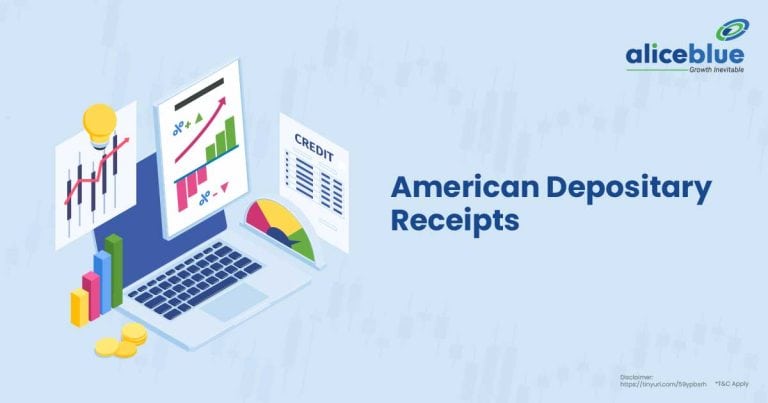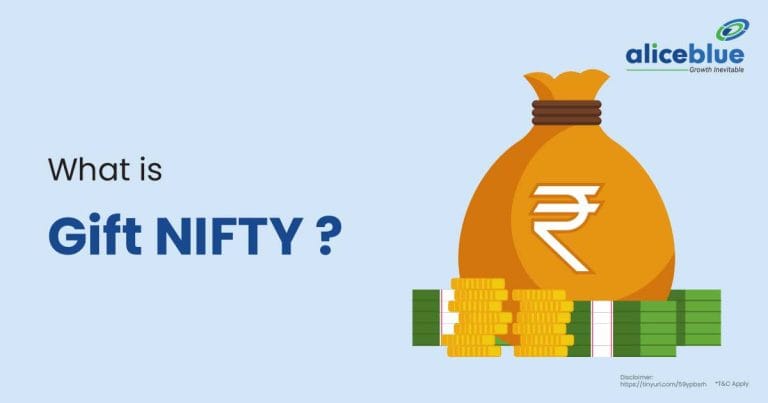Oversubscription of shares occurs when the demand for shares in an IPO or public offering exceeds the available supply. This often leads to allocation adjustments, where investors may receive fewer shares than they applied for, as the offering becomes highly sought after.
Table of Contents
What Is Over Subscription Of Shares?
Oversubscription happens when the demand for shares in an IPO exceeds the number of shares offered. In this case, investors bid for more shares than are available, leading to partial allotment, which may result in higher listing prices or allocations based on demand.
When an IPO is oversubscribed, the company often has to ration the number of shares allotted to each investor, giving priority to larger institutional investors or high-net-worth individuals. The offering can receive a premium in the market, boosting the company’s reputation.
Oversubscription signals strong market confidence and demand for the company, which may contribute to higher post-listing prices. However, investors should exercise caution and assess the stock’s long-term prospects before making investments, especially if they received a smaller allocation.

Oversubscription Of Shares Example
In an IPO, Company XYZ offered 10 million shares, but the demand from investors reached 30 million shares. This created an oversubscription situation, with investors bidding for more shares than were available. As a result, the company had to adjust the allocation ratio.
In such cases, the company may decide to allot shares on a pro-rata basis. This means that each investor will receive a portion of the shares they applied for, depending on the level of oversubscription. For example, if the oversubscription was three times, investors could receive only one-third of their requested shares.
Oversubscription often indicates strong market interest and investor confidence in the company, which can positively affect the stock’s initial market performance. However, it also creates a supply-demand imbalance and investors may feel disappointed if they don’t receive their full allocation of shares.
Benefits Of Over Subscription Of Shares
The main benefits of oversubscription of shares include increased investor interest, which indicates strong market confidence. It can also lead to a higher share price post-listing, reflecting positive demand. Additionally, it enhances the company’s credibility and helps raise more capital than initially planned.
- Increased Investor Interest: Oversubscription signals strong demand for shares, indicating investor confidence and enthusiasm in the company’s future prospects. This boosts the overall market perception of the company.
- Higher Post-Listing Share Price: When shares are oversubscribed, the market price may rise after the IPO, as investors anticipate further growth, leading to positive price movement and potential gains.
- Enhanced Credibility: Oversubscription enhances the company’s reputation, reflecting strong investor belief and giving it credibility in the market. It establishes trust and potentially attracts more investors in future offerings.
- Higher Capital Raised: Oversubscription can result in the company raising more capital than initially planned, providing additional funds for expansion, operations, or debt reduction and benefiting long-term financial health.
Disadvantages of Over Subscription Of Shares
The main disadvantage of oversubscription is that it may lead to a lower allocation of shares to investors, reducing their chances of getting the desired quantity. Additionally, it can create market volatility, leading to overvaluation and potential price corrections post-listing.
- Lower Allocation: Oversubscription may result in investors receiving fewer shares than requested, leading to dissatisfaction among them. This is particularly problematic if an investor is relying on getting the full allotment of shares.
- Market Volatility: Oversubscription can cause price fluctuations once shares are listed, as demand may exceed supply, creating volatility. This can affect the stock’s short-term performance, as the price may face correction due to inflated valuations.
- Increased Risk for Investors: Investors may be exposed to higher risks if the allocation process is not transparent or fair. Some may not receive any shares at all, while others may only receive a partial allotment.
Difference Between Over Subscription And Under-subscription
The main difference between oversubscription and under-subscription is that Oversubscription occurs when demand for shares exceeds supply, leading to partial allotments, while under subscription happens when demand is less than the number of shares offered, potentially indicating a lack of investor interest or confidence.
| Aspect | Oversubscription | Under Subscription |
| Definition | Demand for shares exceeds supply. | Demand for shares is less than the supply. |
| Investor Interest | High investor interest and confidence. | Low investor interest and confidence. |
| Allotment | Partial allotment or allotment on a pro-rata basis. | The company may face difficulties in raising capital. |
| Company Implications | Positive outcome; more funds raised than targeted. | Negative outcome; a company may struggle to meet financial goals. |
| Market Impact | Indicates strong demand and market confidence. | Indicates weak market demand, potentially affecting share value. |
| Investor Opportunity | Potential for higher competition and allocation constraints. | Easier for investors to buy shares, but may signal poor prospects. |
| Example Scenario | IPO receives more applications than the available shares. | IPO with less subscription than shares available for sale. |
To understand the topic and get more information, please read the related stock market articles below.
| Deemed Prospectus |
| Shelf Prospectus |
| Capital market meaning |
| Book building |
| Issue Price |
| Non institutional investors |
| Qualified Institutional Buyer |
| Types of IPO |
| Under Subscription Of Shares |

Over Subscription Of Shares – FAQs
Over-subscription occurs when demand for shares in an IPO exceeds the number of shares available. This results in more applications than the company can allot, often leading to adjustments in the allocation process.
Companies handle over-subscription by implementing rationing or pro-rata allotment, where applicants receive a proportionate number of shares based on their application. They may also adjust the issue price or increase the total shares offered.
Over-subscription happens due to strong investor interest, positive market sentiment, or strong backing from institutional investors. It reflects confidence in the company’s growth potential or future profitability, increasing demand for the offered shares.
In the case of oversubscription, excess applications are either rejected or adjusted proportionately. The excess funds from rejected applications are refunded to the applicants, while successful applicants are allotted a reduced number of shares based on the subscription ratio.
Over-subscription is common in high-demand IPOs, especially those of established or rapidly growing companies. It occurs when the company is perceived as a promising investment and the offered shares attract more investors than are available.
Yes, you can get an IPO that is over-subscribed. However, allocation may not be guaranteed, as the shares are rationed. Applicants may receive a partial allotment or none at all, depending on the over-subscription level.
An oversubscribed IPO is generally considered a positive sign as it indicates strong market interest and investor confidence in the company. However, it can also lead to price volatility post-listing, as demand may initially drive up the price.
To calculate oversubscription, divide the number of shares applied for by the number of shares available. For example, if 10 million shares are offered and investors apply for 20 million, the over-subscription ratio is 2:1.
We hope that you are clear about the topic. But there is more to learn and explore when it comes to the stock market, commodity and hence we bring you the important topics and areas that you should know:
Disclaimer: The above article is written for educational purposes and the companies’ data mentioned in the article may change with respect to time. The securities quoted are exemplary and are not recommendatory.








